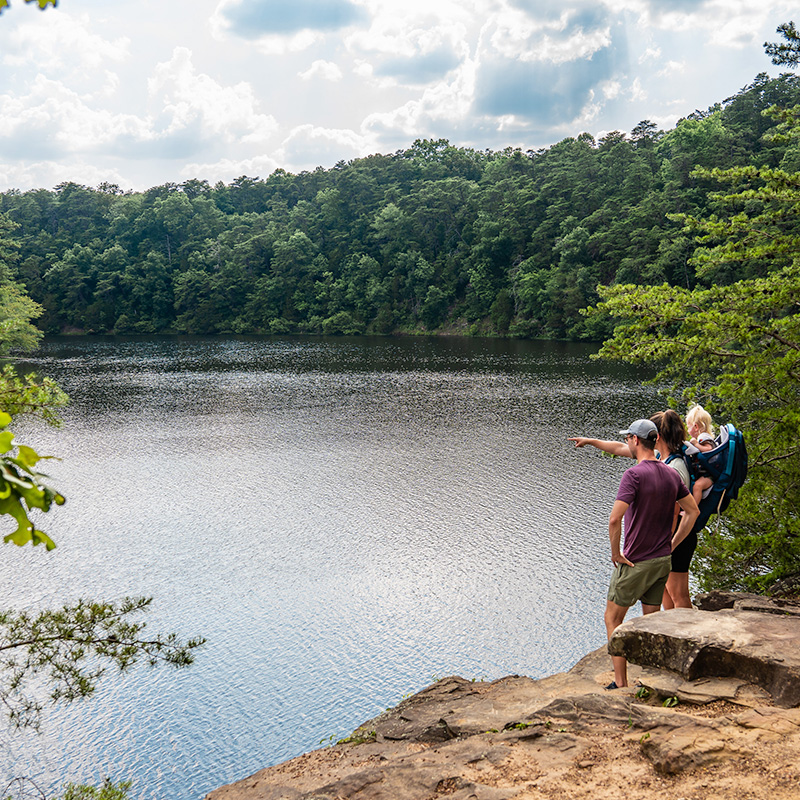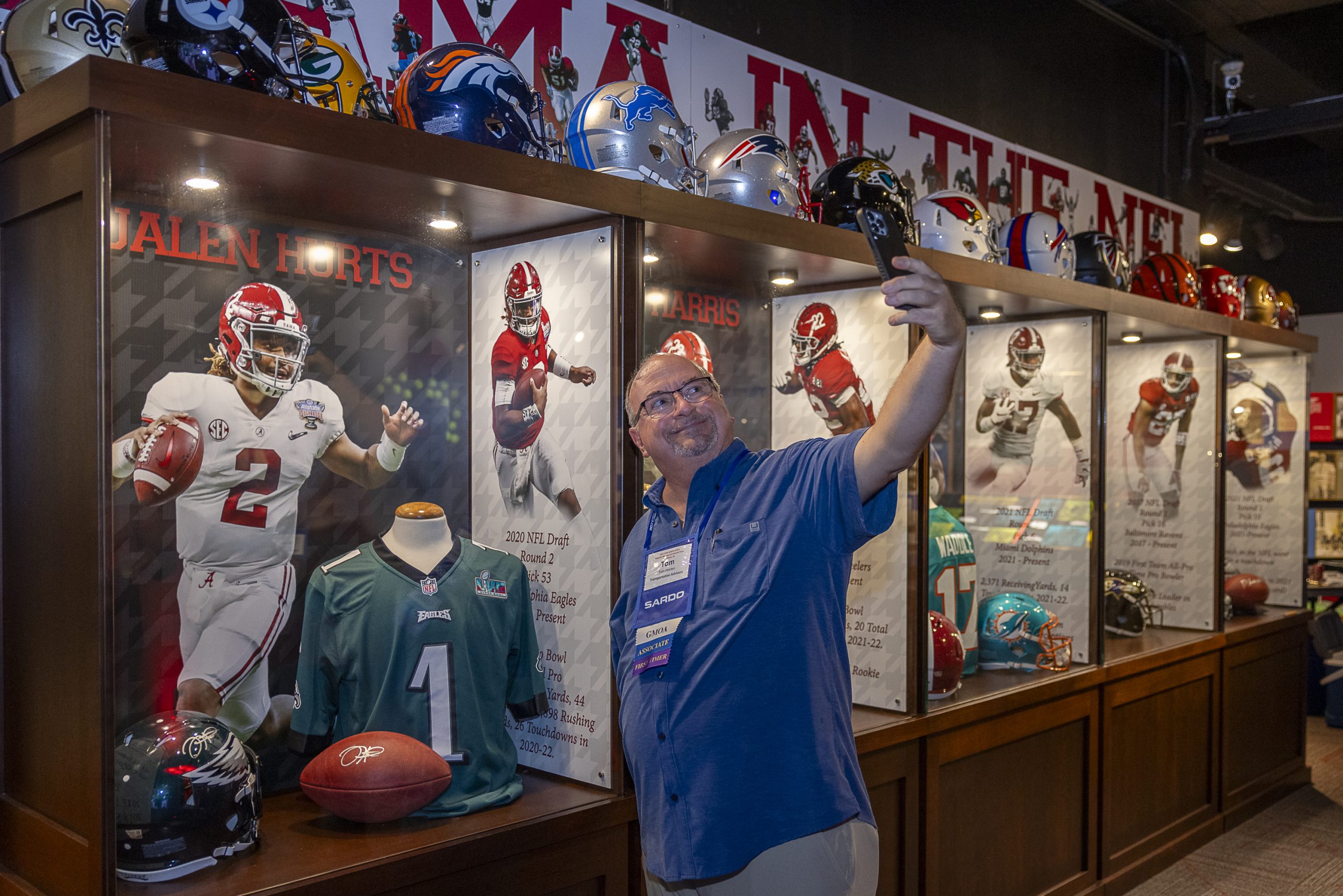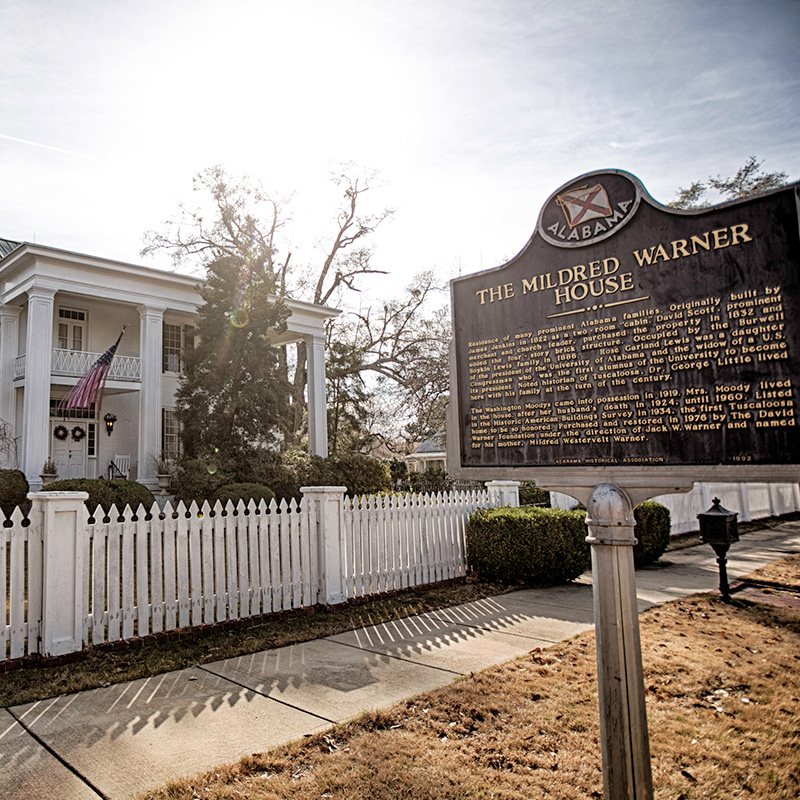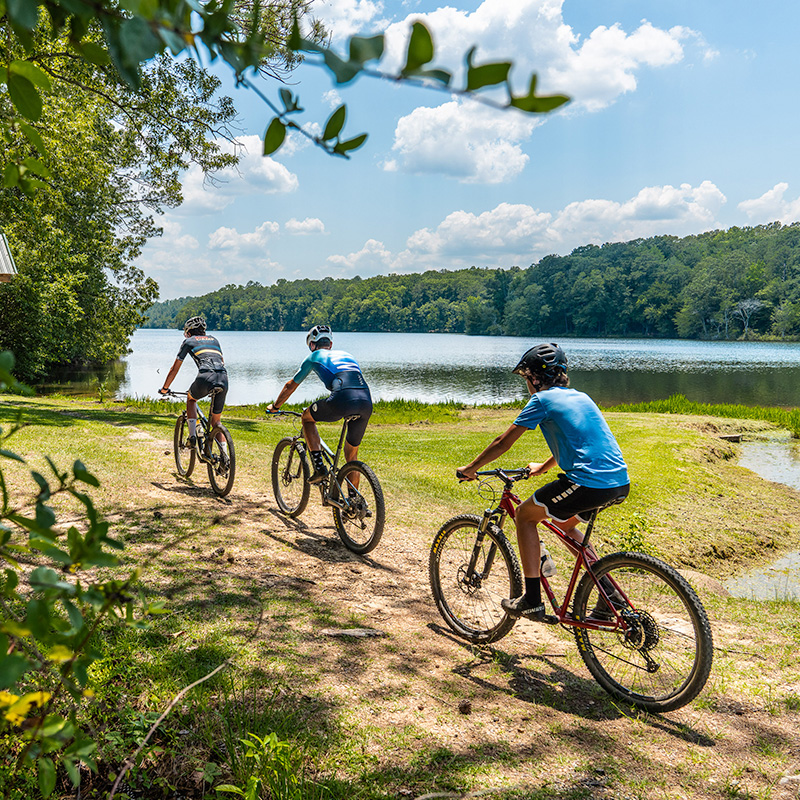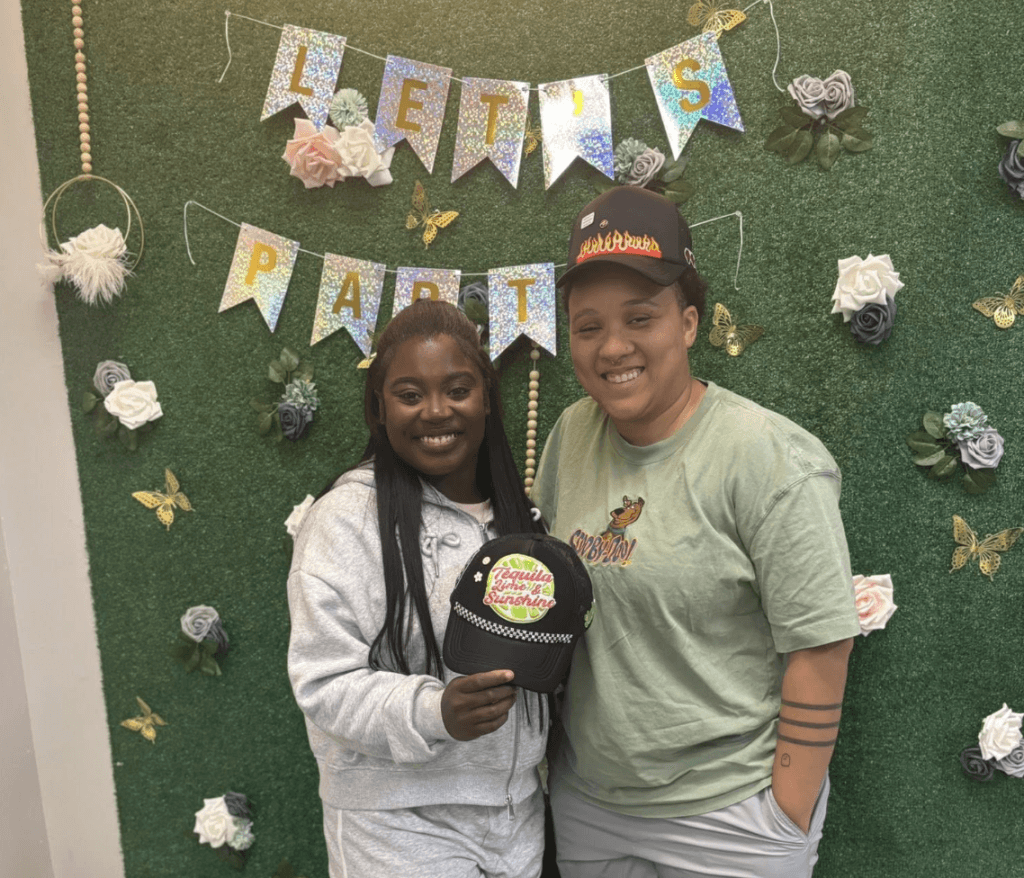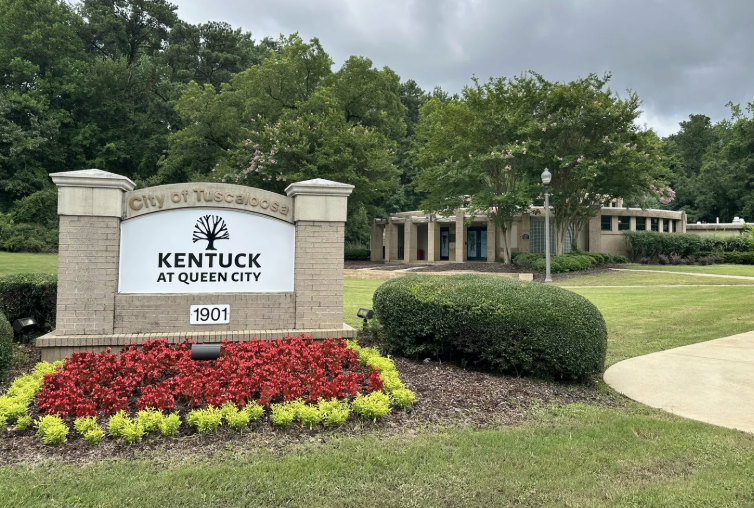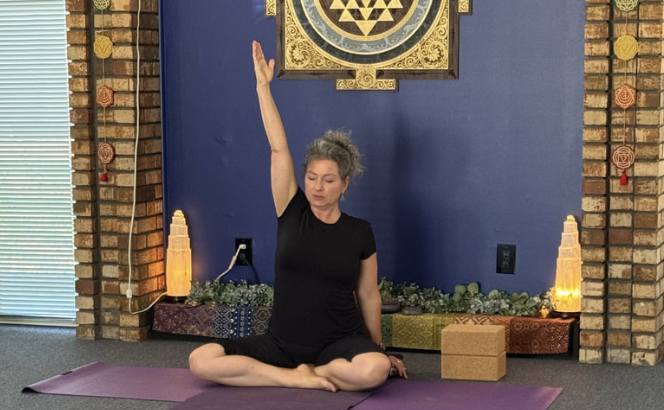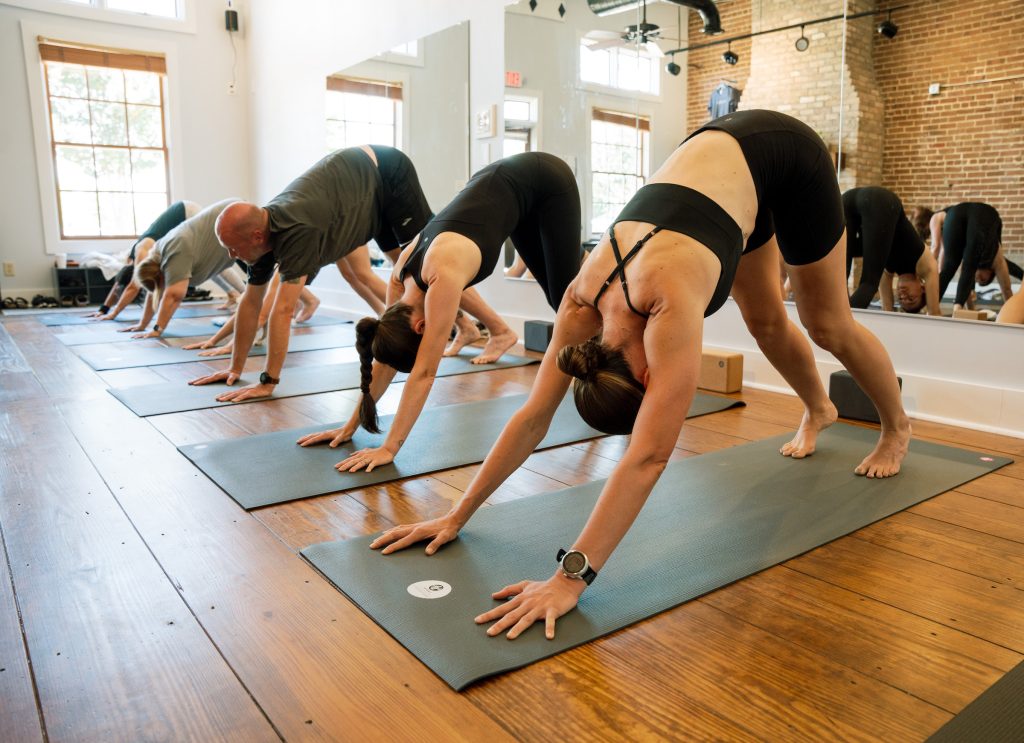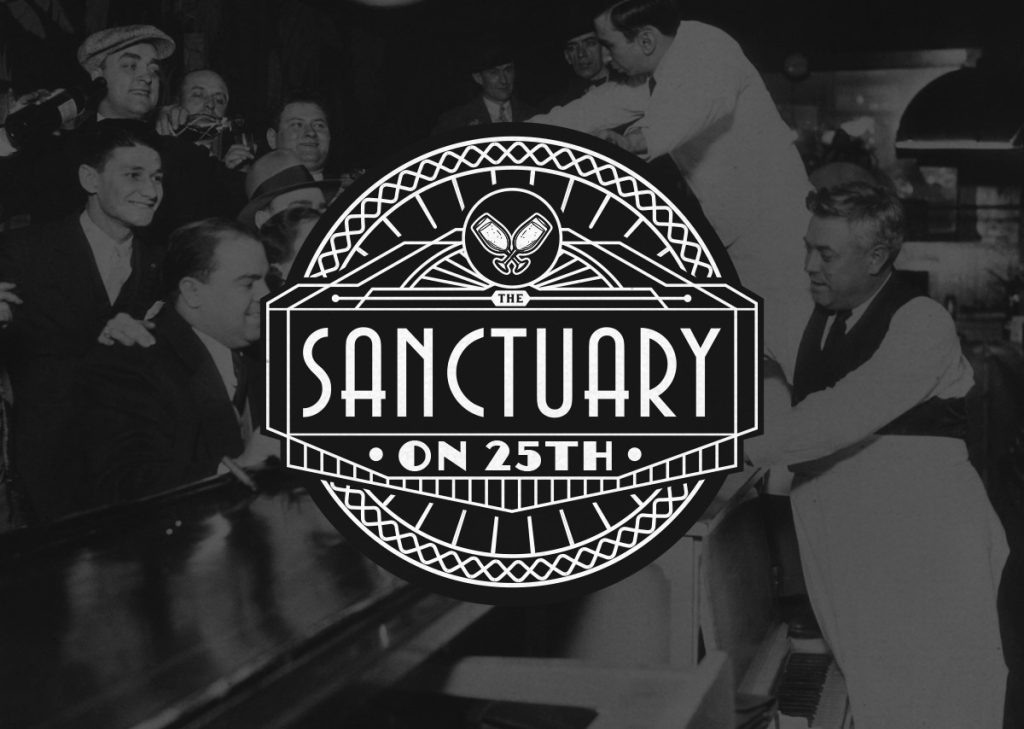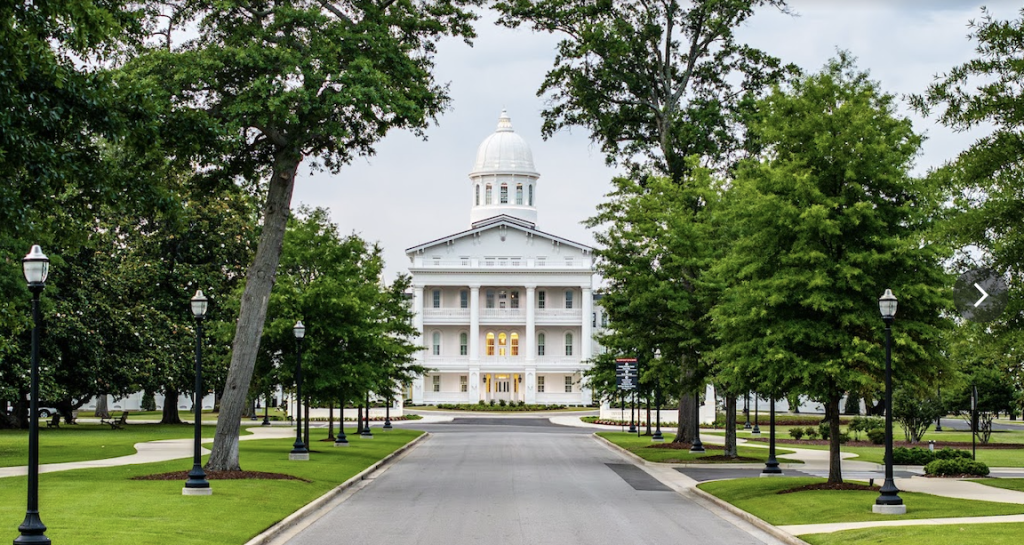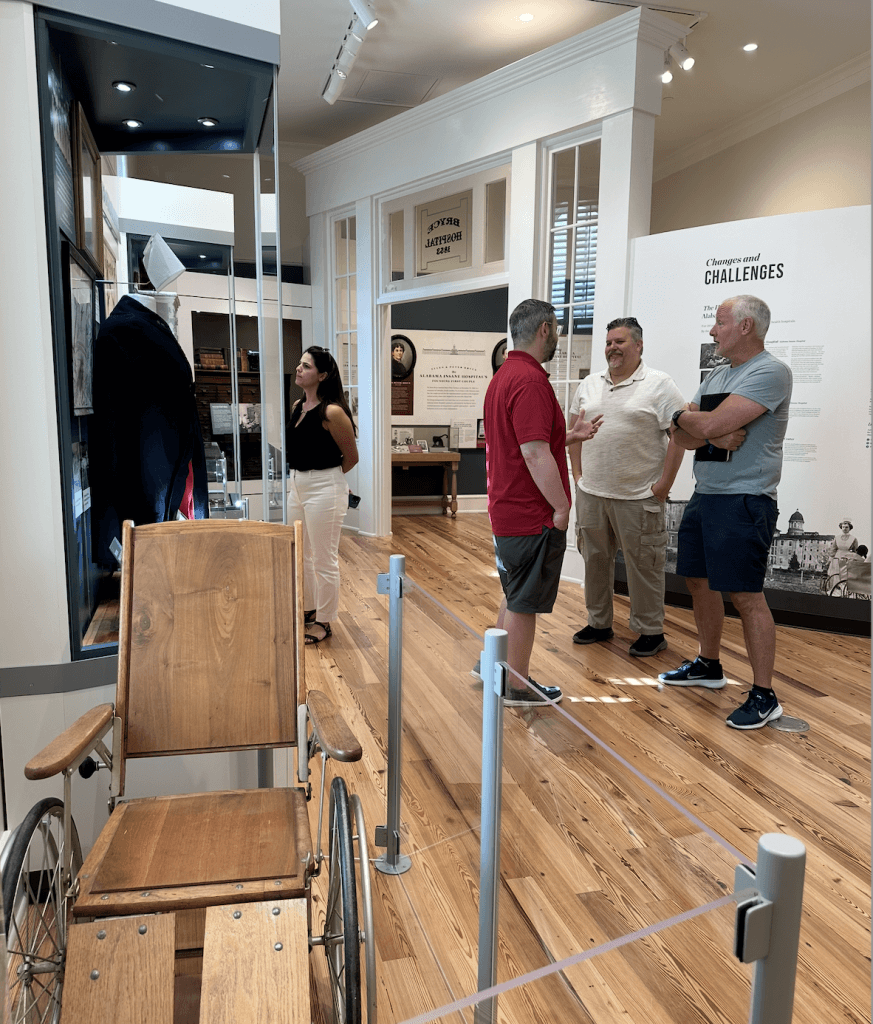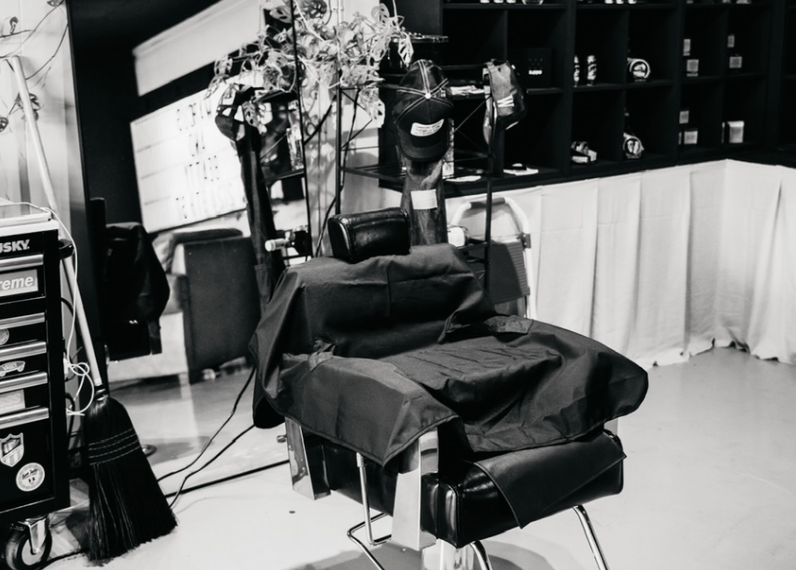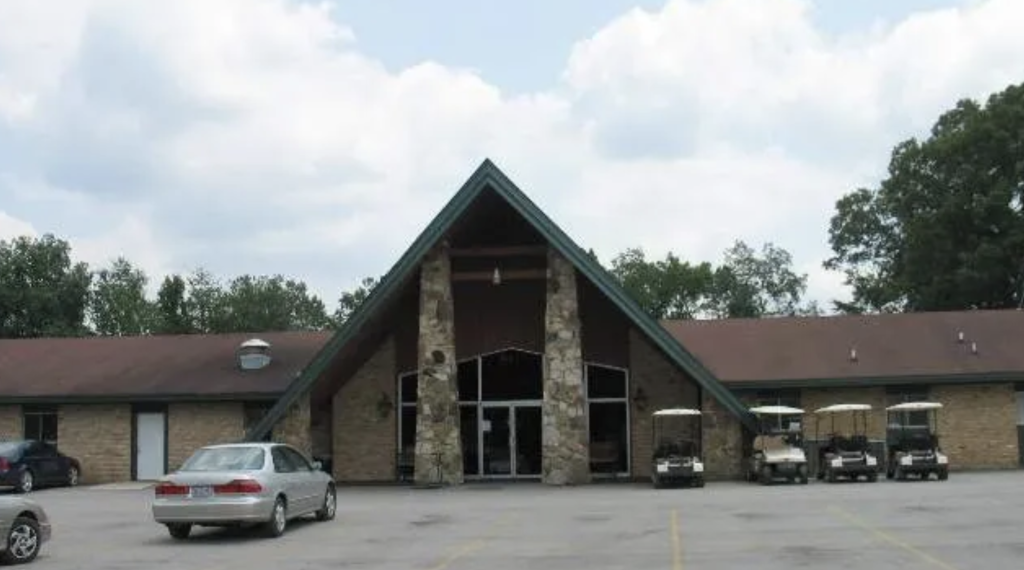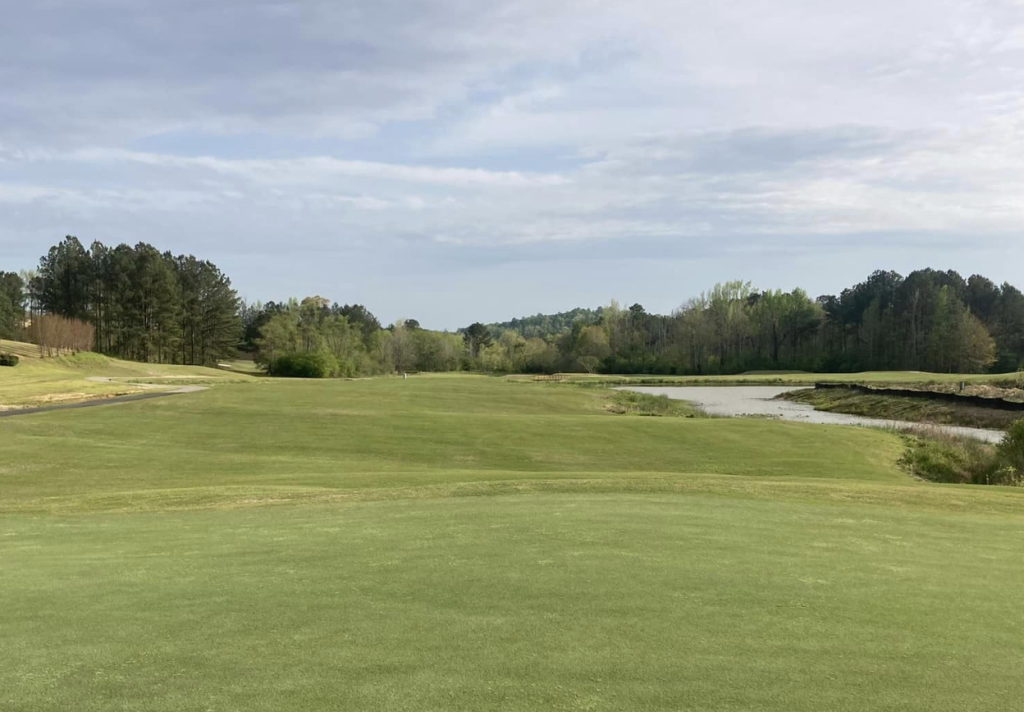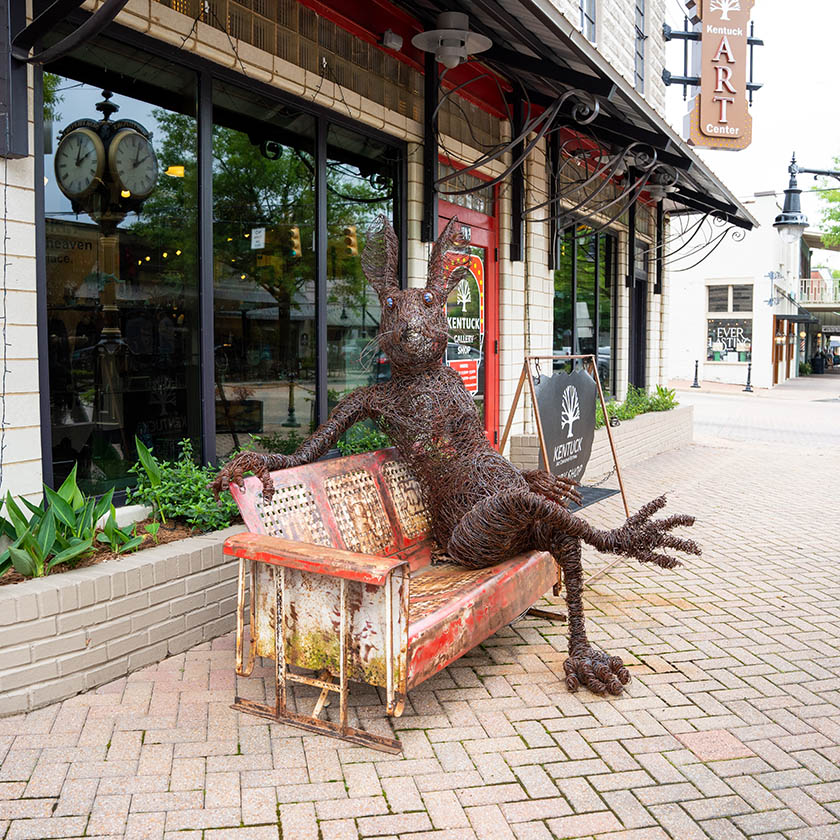If you cannot march, you can make sandwiches. If you cannot make sandwiches, you can drive your car. If you cannot drive, you can help with office work. Everybody can do something. WHAT WILL YOU DO TO HELP US WIN FREEDOM?” This is the story of ordinary citizens taking extraordinary action in Tuscaloosa, Alabama.*
The downtown portion of the Tuscaloosa Civil Rights History Trail focuses on events surrounding “Bloody Tuesday.” On Tuesday, June 9, 1964, one year after Gov. George C. Wallace, Jr.’s “Stand in the Schoolhouse Door” at the University of Alabama failed to block the arrival of two black students, a group of peaceful citizens gathered at the First African Baptist Church to march to the new courthouse in protest of its segregated features. Ignoring warnings not to march by local law enforcement, hundreds followed the leader of the movement in Tuscaloosa and pastor of First African, Rev. T. Y Rogers, Jr., and hit the streets. They didn’t get very far. Police and members of the Ku Klux Klan attacked the marchers as they spilled out of the church, swinging night clubs and cattle prods and firing tear gas into the church itself. Many of the wounded were treated at the nearby Howard- Linton Barbershop. Thirty-three were sent to Druid City Hospital; ninety-four were arrested and jailed. All charges were subsequently dismissed, but no formal apologies were ever issued.
Importantly, Tuscaloosa had a rich tradition of black armed self-defense. During the civil rights movement, black men with rifles and pistols often protected key leaders like Rev. Rogers and Rev. Linton. Most worked their regular jobs during the day and volunteered in the evenings. They guarded First African during Monday night mass meetings. They patrolled black neighborhoods to provide a measure of deterrence to and defense from attacks from white supremacist groups. One leader, Joe Mallisham, a Korean War veteran and local labor organizer, went on to become the first black Tuscaloosa County Commissioner.
To understand Tuscaloosa’s place in civil rights history, it is necessary to consider the factors that led to the local movement. Our trail includes stories of enslaved people auctioned before the Civil War, Native Americans exiled from their homelands, exclusionary legislation passed at the Alabama State Capitol in Tuscaloosa, lynchings in the local area, and the presence of the United Klans of America, headquartered in Tuscaloosa. It also includes stories of segregated schools, churches, stores, restaurants and movie theaters. Most importantly this trail is the history of how Tuscaloosa’s color barrier was broken by the courageous efforts of many black and a few white foot soldiers.
You can find out more information about the trail by visiting their website HERE.


